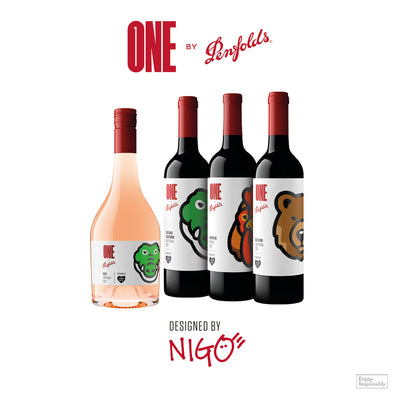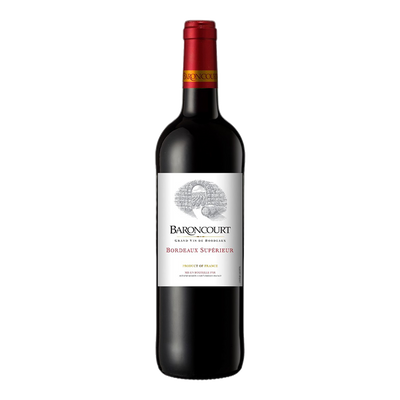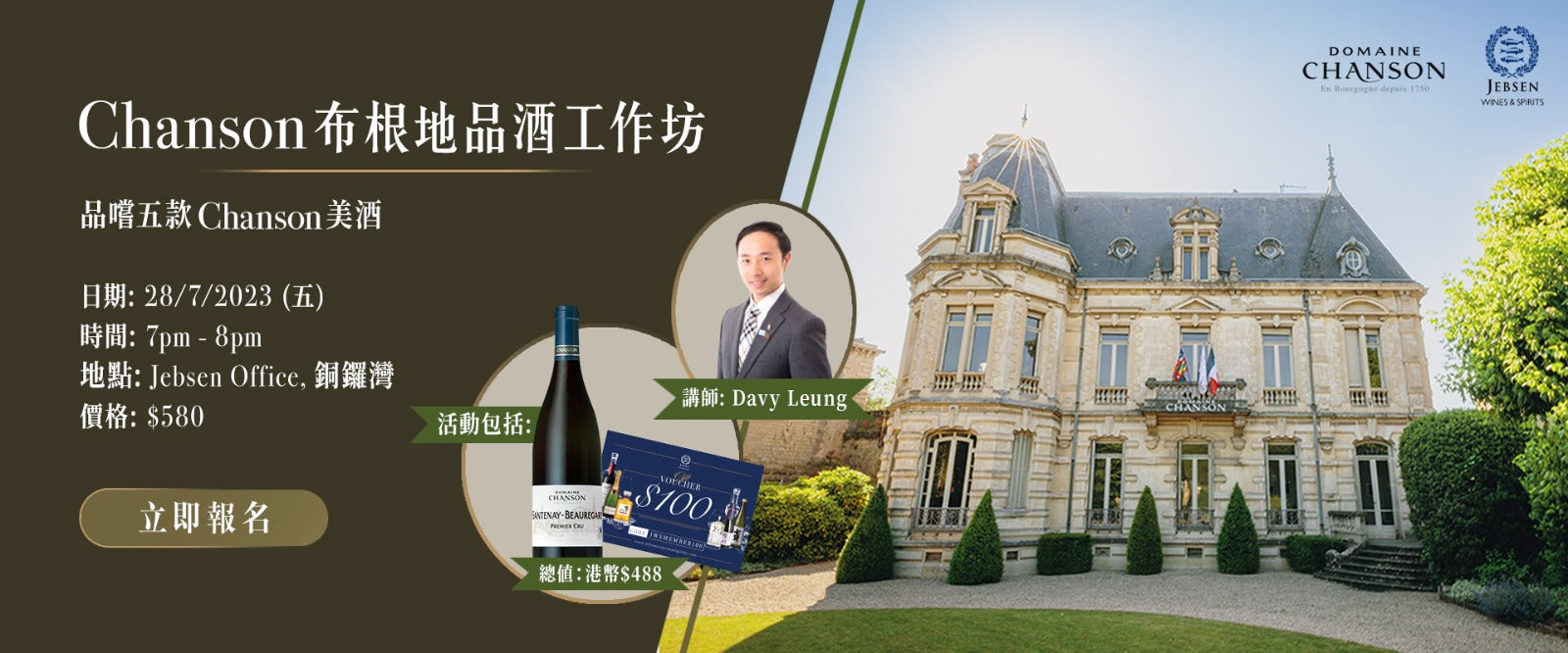An Explorer Tour to France’s Top 5 Wine Regions
Text: Dakki Kong
If you’re in France in the month of May, you’ll get the alluring charm of spring and summer as the weather warms up to a pleasant level. Surround yourself with blooming gardens similar to those in Claude Monet’s paintings and get fascinated by the rapidly growing vines hurrying to flower and set fruits in vineyards for another good vintage. Let’s explore the top 5 wine regions across the country and discover some sumptuous cuvée for your tasting pleasure.
1. Bordeaux
Let us start from Bordeaux, the world capital of wine located in the south-western region in France. It’s home to the prestigious First Growths or the premier cru classés including Lafite Rothschild, Mouton Rothschild, Latour, Margaux and Haut-Brion, representing the best wines from the left bank. Opulent, structure-driven and intensely aromatic. The right bank wines feature lower tannin and a more fruit-forward flavour with a myriad of renowned châteaux situated in St. Emilion and Pomerol. On the south side of Bordeaux, check out the best dessert wines in the world, such as the extravagant Sauternes and the pocket friendly Barsac.
2. The Loire Valley
The Loire River, the longest river in France joining countless charming châteaux and vineyards, while lazily running from the east to the west towards the Atlantic.
The name “The Loire Valley” might be lesser known due to the large number of wine styles produced in the region, ranging from dry to sweet and still to sparkling. However, two of its wine regions, Sancerre and Pouilly-Fumé have already made their names household since they’re always available on the wine-by-the-glass list in many bars. Praised as the most delicate Sauvignon Blanc in the world, both Sancerre and Pouilly-Fumé are racy and crisp with lingering minerality while Pouilly-Fumé brings distinctive notes of gunflint and smoke.
Then make your way to the middle Loire and taste a range of styles derived from a single grape Chenin Blanc, such as the dry Vouvray Sec and Vouvray Sparkling for its flashes of almond and honey; or the medium sweet Vouvray Demi-Sec and the dessert wine Vouvray Moelleux, both are crafted from Chenin Blanc influenced by the noble rot, lending a nuance of marmalade and ginger candies to the nectars.
3. Burgundy
Burgundy or Bourgogne in French, the wine-growing region lies on the east side of the country, stretches over a hundred miles. Unlike the red-dominant Bordeaux, Burgundy pleases its wine lovers equally with its major production of Pinot Noir and Chardonnay. What fascinates drinkers is the revered wine region is divided into more than 600 plots of land as each plot encompassing soil and climate (a.k.a. terroir, pronounced as “tare-wah”) expresses its own distinctive character which is turned into countless wine styles following the winemaking process carried out by different producers.
Regarding some of those plots awarded Grand Cru or Premier Cru, only a few can actually afford them but luckily, there’s still plenty of approachable options. Don’t miss Chablis from the east side for complementing your seafood feast or taste some fresh and warm-weather Beaujolais for its friendliness and smoothness.
4. The Rhône Valley
Located south of Burgundy is the sizzling Rhône Valley. The wine from the thriving region is easy-drinking and food-friendly, famed for its fruitier, spicier and warmer style. The Rhône Valley is basically sectioned into the northern Rhône mainly producing the single-varietal Syrah and the southern Rhône focusing on the blended reds. Check out the 17 classified crus representing the best wines from the region.
The northern Rhône reds are bold and expressive, such as the prestigious superstar Hermitage which was favoured by Louis XIII in the past and still loved by a large number of supporters nowadays. Pay attention to Côte-Rôtie that is considered the second-best of the region. For an entry level, go for Saint Joseph and Crozes-Hermitage. Luscious dark berries with chewy and rounded tannin. For the southern Rhône, make sure to try Châteauneuf-du-Pape for its vivid aroma, complexity and spicy notes, while Côtes-du-Rhône Villages and Côtes-du-Rhône are something good to start off with. Both whites and rosé wines from the Rhône Valley are worth sipping too.
5. Champagne
You probably know Champagne is Champagne, the wine is named after the region not only where it’s fermented but also where it’s grown and produced according to the legal restrictions. So how to easily identify good Champagne? A good Champagne has to be crafted with grapes from the best sites. Currently, in the Champagne region, there are 17 Grand Cru villages and 42 Premier Cru ones producing grapes of exceptional quality. For instance, Bollinger PN VZ15 highlights “VZ” which refers to the Grand Cru village “Verzenay”; Bollinger La Grande Année 2012 states its Pinot Noir is mainly harvested from Aÿ and Verzenay while the Chardonnay is mainly from Le Mesnil-sur-Oger and Oiry, which are all Grand Cru sites. Ayala Blanc De Blancs is also crafted with chardonnay from three Grand Cru sites in Côte des Blancs, one of the five major regions within Champagne. If you’re looking for a good Champagne, you’d know what to look at.




![[Buy Two Get One Complimentary] Four Pillars Special](http://www.jebsenwinesandspirits.com/cdn/shop/products/H076FPL012-20220610_400x.png?v=1655346298)

